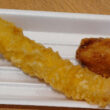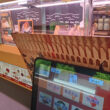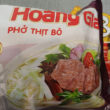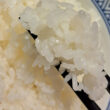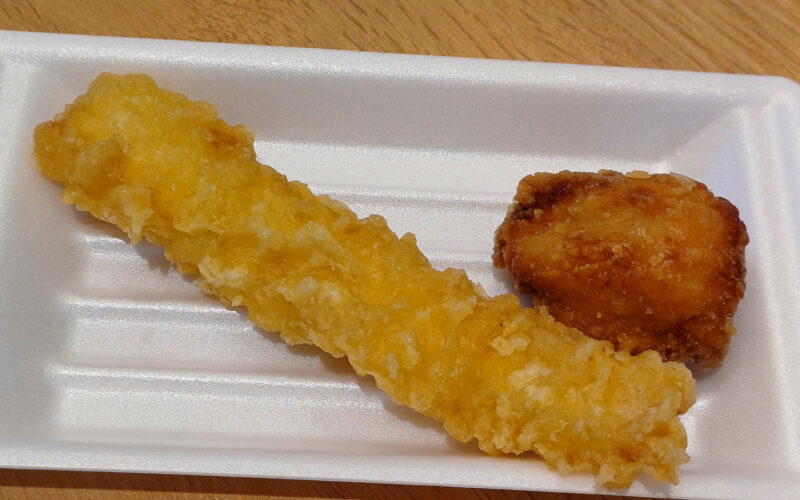In a bid to tackle food waste, Japan’s Ministry of Health, Labor, and Welfare has introduced practical guidelines to encourage diners to take home restaurant leftovers.
TOKYO, JAPAN (Business Northeast) – With restaurant leftovers accounting for a significant portion of food loss—about 2.36 million tons in 2022—the ministry aims to promote the habit of bringing home unfinished meals. The “Draft Guidelines on How to Take Home Restaurant Leftovers Hygienically” are set to be finalized by the end of this year and implemented in the next fiscal year.
For everyday diners, this initiative comes as a reminder of the impact of food waste in our daily lives. While the best way to reduce waste is to finish meals on-site, the guidelines emphasize that taking food home is a smart option when you can’t eat it all.
To ensure safe practices, the guidelines suggest that diners prioritize hygiene when taking leftovers. This includes using disposable gloves, sanitizing hands, and draining food before packing it. Once home, it’s recommended to reheat the food properly to enjoy it safely. By following these guidelines, individuals can enjoy their meals while also contributing to a more sustainable approach to dining.
Restaurant operators should also be required to provide hand sanitizer and disposable gloves to consumers and to store containers for takeout food hygienically. In addition, restaurants need to review in advance which foods are suitable for takeout, such as thoroughly heated foods. Last year, about 2,400 of the group’s stores sold containers for taking home leftover food, and more chain restaurants are expected to offer the service.
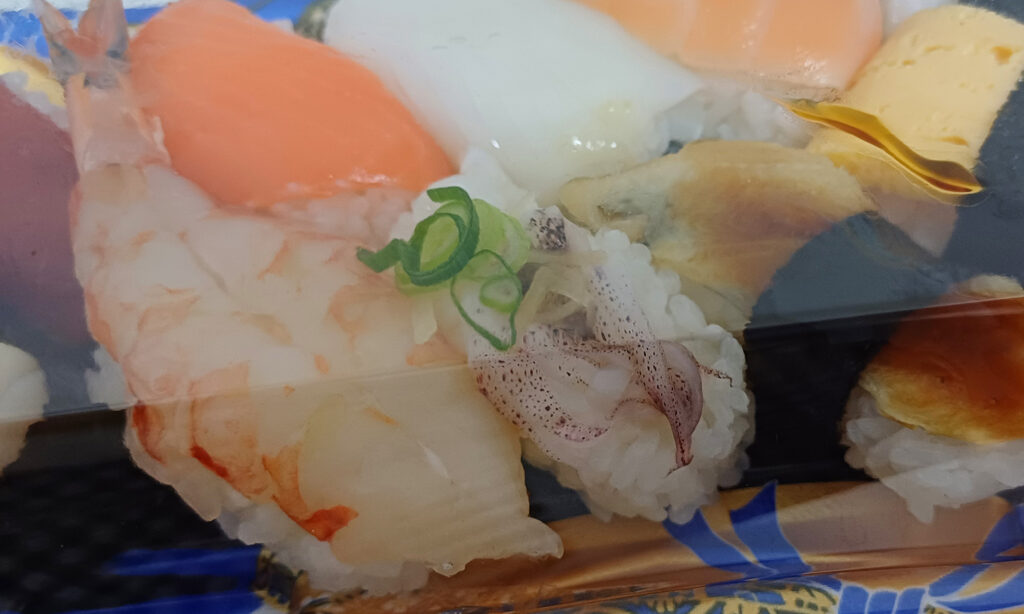
The Ministry of Health, Labor, and Welfare lists foods suitable for taking home that have been adequately heated and show minimal microbial growth over time. Examples include fully cooked foods such as bread, fried foods, chicken, baked goods, grilled fish, and fried rice. On the other hand, raw foods such as salads, sashimi, and drinks are not allowed to be taken home.
Ms. Tanaka, who ate at the restaurant during the interview, said that when she ate there in the past, leftover food was often disposed of by the restaurant. But I would be very grateful if the restaurant could provide suitable containers for me to take away the leftover food. Mr. Inoue, a restaurant owner, pointed out that the guidelines will let customers know how to take food home, and operators will also know more about how to assist, hoping to work together to reduce food waste.


